A Molecular Biology class from Averill Park High School visited the labs at NSCI. These twenty-one 9th and 10th graders were able to learn from researchers, explore the lab and experience a range of scientific wet lab activities first hand.
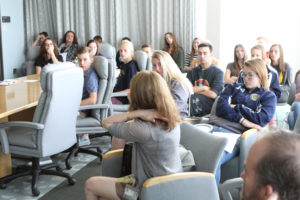
Leading the workshop, NSCI’s Dr. Thomas Kiehl describes the class teacher, Averill Park’s Greg Panzanaro, known as “Dr.P” as super motivated “He has tons of energy and is involved in a lot of different educational development opportunities. He regularly engages in workshops with other science teachers and seeks to involve students in those meetings as well. He’s continually developing new materials. He keeps students engaged. The amount of energy he brings to the classroom is amazing!”
Because Dr.P’s class handles some fairly advanced material Dr. Kiehl thought they would get a lot out of a visit to NSCI. They would gain some exposure to the lab environment and to some real career paths in science. He and NSCI lab manager Susan Goderie discussed what would best match the students’ existing skill set and simultaneously stretch their knowledge. Dr. Kiehl notes a challenge, “The biggest thing was coming up with something that fit within the time frame and would show them something significant.” Interestingly, Dr. Kiehl shares, the main activity that the students did is something that is routinely one of the first skills taught to NSCI college level interns.
The tour began with an overview from Institute Scientific Director, Dr. Sally Temple. Then, Dr. Nathan Boles and graduate student, Amber Frye spoke. Dr. Kiehl explains, “One of the things I wanted to emphasize was the background of the scientists. How did they get interested in science? What decisions did they make? It’s usually a pretty personal journey for someone. ” Dr. Boles discussed stems cells—what they do and what you can do with them–and Ms. Frye spoke about the eye and retinal research being done at NSCI.
From there, students were invited into the lab bays and dressed in official personal protective equipment or “PPE” and performed an experiment involving human cells. They learned from Dr. David Butler about how the human cell lines they were working with were derived from patients. These specific cells were derived from NSCI work with Tauopathies. David explained that the cells were from patients who have the Tau disorder. Cells from these patients were reverted back to an induced pluripotent stem cell (a type of cell that
can turn into many other cell types) and then differentiated into astrocytes, which are the brain cells that help ‘clean up’ the brain when there is a trauma or injury. One of the cell lines retained the Tau mutation and the other cell line was one where the mutation had been corrected. Some of the cells had been swollen just as would happen naturally in response to an insult. After applying a stain to the cells the students used a fluorescent microscope to see the cells’ internal structure: the cytoskeleton and nuclei. They were able to compare the normal cells to the swollen cells.
The group was also introduced to the Neuracell staff and learned about the equipment and functioning of a core facility. They toured StemCultures, the for-profit business that makes and sells cell reagents. They even had a chance to look at live heart cells beating and learn about electrophysiological activity. Also packed into the tour, they were exposed to microscopy, witnessing the equipment and process of photographing cells. After their visit all of the images that were captured from their experiment were sent back with them along with videos of the beating heart cells.
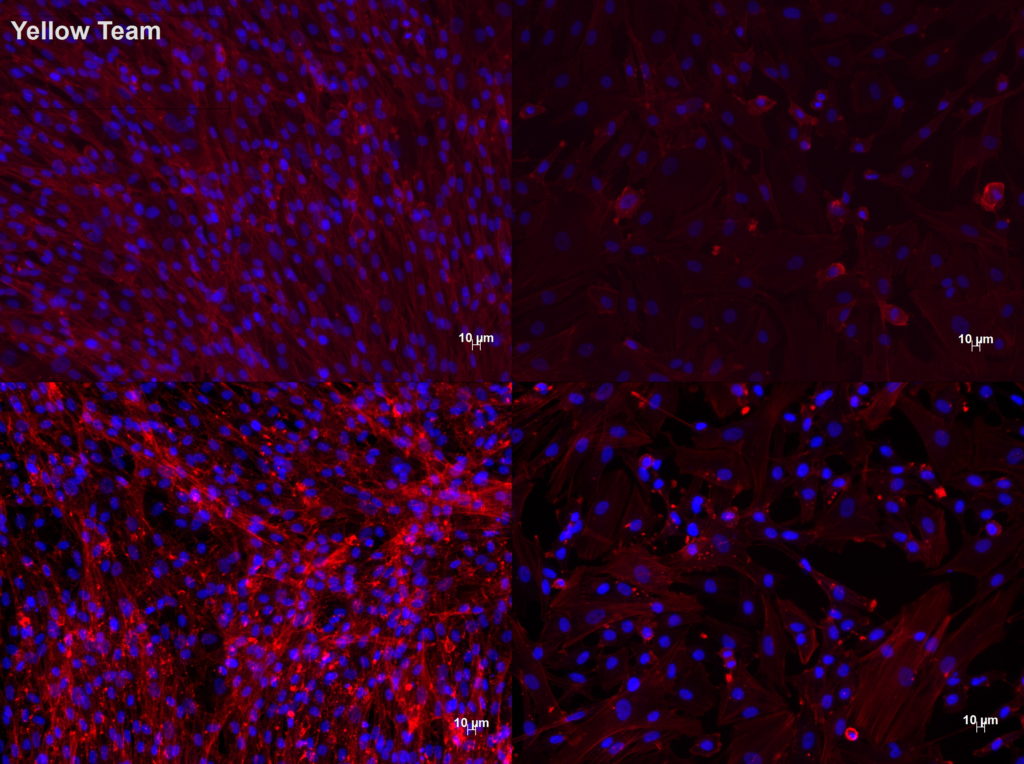
Looking forward Dr. Kiehl sees the workshop series expanding and working with Dr. P. to refine future students’ experience. He feels that it’s important for young people to see the actual activities of working scientists and to hear about the science from individuals who are developing it. The students can gain the perspective of a real-life laboratory and a more sophisticated understanding of the field.
Dr. P and his students were thrilled by the 2½-hour workshop. He exclaims:
“This is such a remarkable opportunity that your company
has offered as a real world experience.”
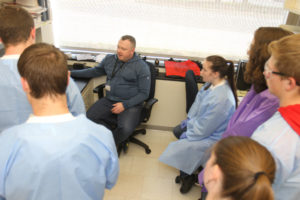
Stressing the unique educational opportunity, Dr. Kiehl shares, “To hear first hand that this is a real career path. Students might not understand how to get from the lab they are doing in high school to this as a career. To have the opportunity to relate to the people who are doing this, they may be able to visualize the possibility. The advantage we have here is that we have several entities: the non-profit research arm, for-profit reagent company and a core facility that provides services to other laboratories. Students have the opportunity to learn some of the various career paths that follow in science.”
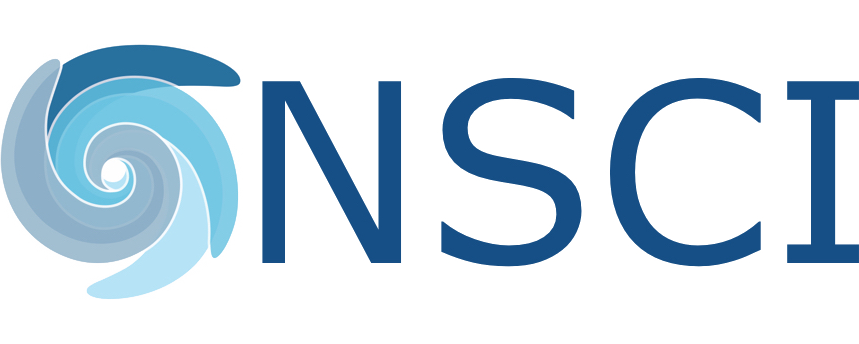
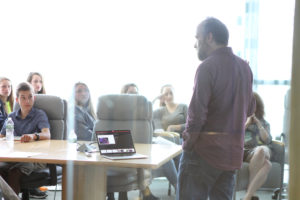
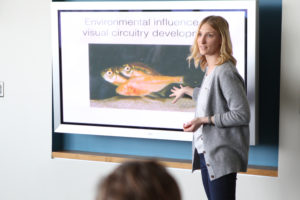
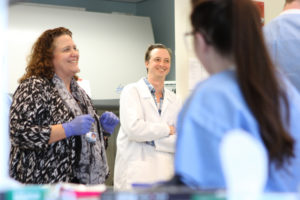
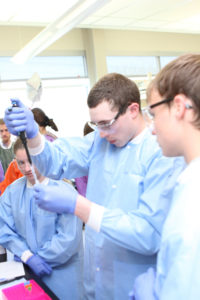
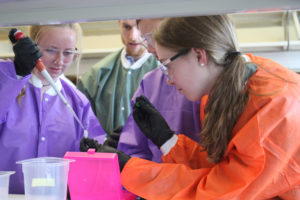
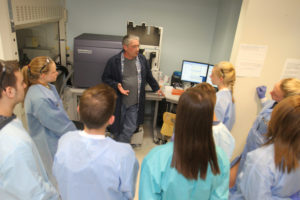
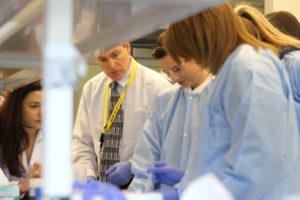
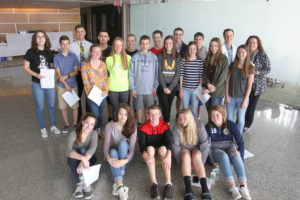
Leave a Reply